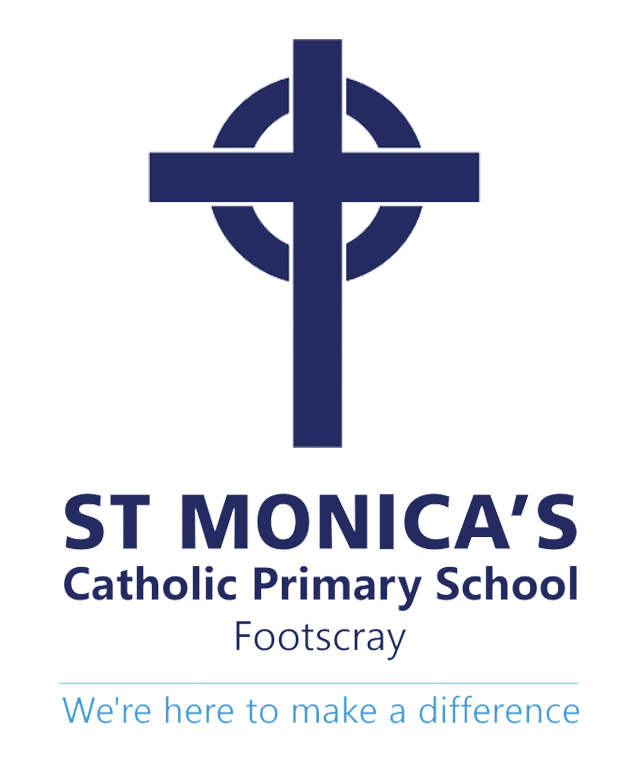St Monica’s Footscray supports the Science of Learning. We believe the work we do in our school is informed by scientific evidence to create a culture/community of best practice.
The Science of Learning studies how people learn. It combines psychology, neuroscience, and education to understand learning processes. It examines brain function, effective teaching strategies, and factors affecting learning to optimise educational methods and outcomes, ensuring practices are grounded in empirical research for improved teaching and learning efficiency.
Our approach to instruction across the school is flexible but is underpinned by the principles of Direct Explicit Instruction. You will see evidence of Direct Explicit Instruction in lessons focussing on all curriculum areas from Literacy to STEM to behavioural routines. At St. Monica’s, we use the Positive Behaviours for Learning (PBL) framework for planning and implementing practices to improve educational and behavioural outcomes for all students.
Melbourne Archdiocesan Catholic Schools (MACS) have released their Vision for Instruction in 2024.
By 2030, MACS aims to become ‘the benchmark for excellence in teaching and learning, through a coherently integrated, academically competitive and distinctively Catholic educational offering’ (MACS 2030: Forming Lives to Enrich the World).
The Flourishing Learners position statement, Vision for Instruction, is a key document underpinning the MACS 2030 strategic plan. Vision for Instruction has been crafted to communicate MACS’ preferred system-wide approach to achieving teaching and learning excellence. It is firmly grounded in the evidence of how students learn most effectively and efficiently, offering explicit guidance for MACS schools on instructional best practice.
